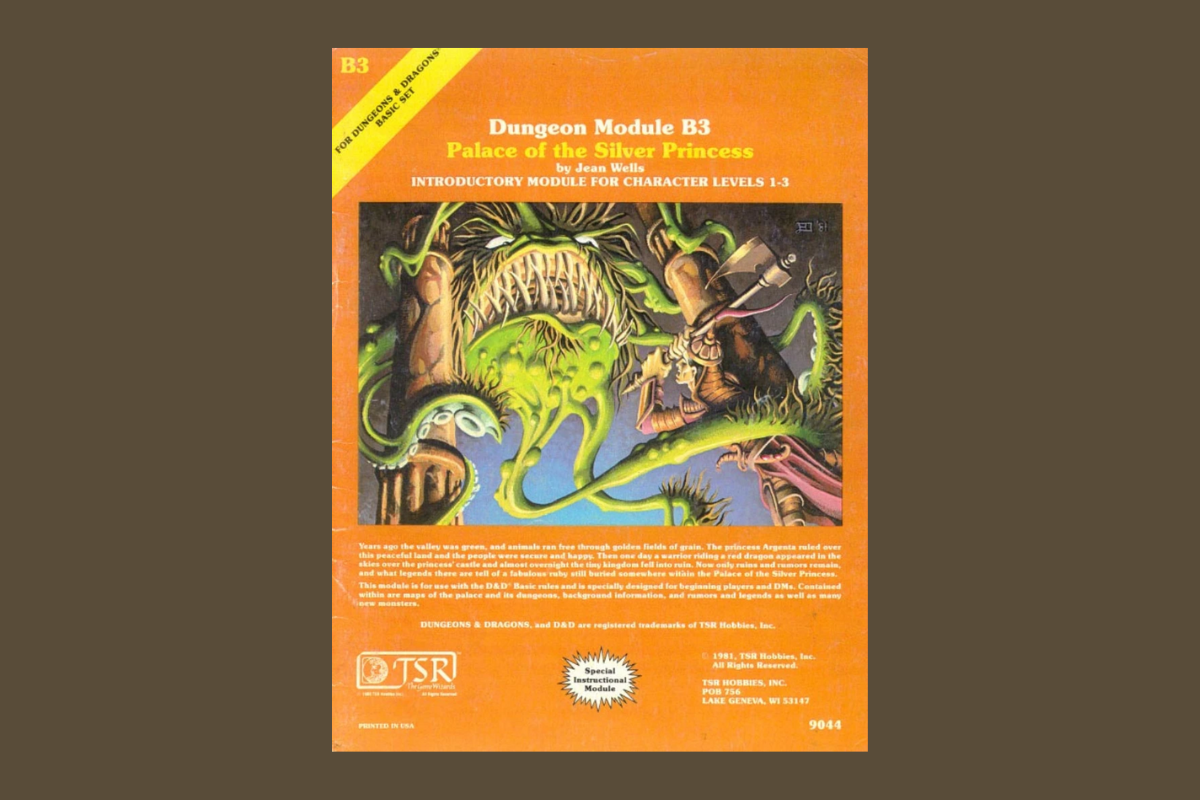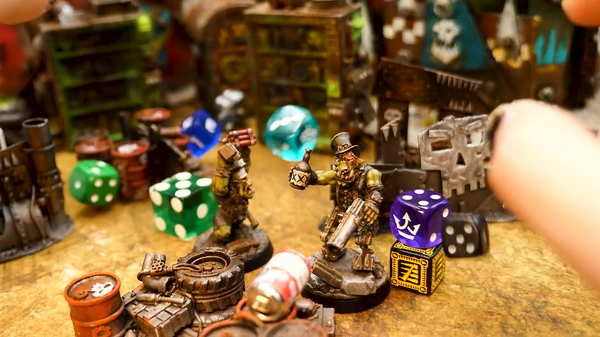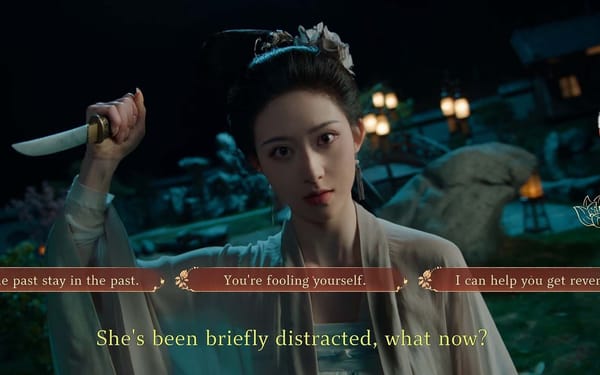Palace of the Silver Princess: How TSR Recalled and Buried A D&D Adventure
An excerpt from Designers & Dragons: Origins

I: INTRODUCING JEAN WELLS.
Late in 1978, Gary Gygax realized that he had even less time for creative work, so he began thinking about creating a Design Department to pick up the slack. Schick was hired in January 1979, and would soon head the department, but around the same time Gygax made a second hire. As he announced in The Dragon #24 (April 1979), he was interested in “game material with a feminine viewpoint,” because 10% of D&D’s players were women, and so he had hired a woman: Jean Wells.
Wells was a D&D player and a writer of romance novels. She didn’t have any experience with game design, but instead had been hired for her imagination: Gygax was to provide her with lessons in game design to help bridge that gap between that imagination and the art of creating actual supplements. But Gygax’s increasingly busy schedule, which was the very reason that he was creating a Design Department, meant that training would never occur.
Nonetheless, Wells was quick to demonstrate her chops as an artist, an erudite game player, and a writer. She added illustrations to later editions of the Monster Manual (1977) including the eye of the deep, the giant Sumatran rat, the otyugh, and (probably) the violet fungi; she became the first regular sage of the rules column, “Sage Advice,” offering answers to D&D players from The Dragon #31 (November 1979) through Dragon #42 (October 1980); and she edited several early products, including B2: The Keep on the Borderlands (1980). She was TSR’s first female designer, and one of the earliest in the industry.
Unfortunately, problems would arise when she was given the task of writing an adventure module of her own: the original Palace of the Silver Princess. It would end up being TSR’s first publishing catastrophe.
II: THE MANAGEMENT WARS.
To truly understand the story of the ill-fated first Palace of the Silver Princess requires an understanding of TSR’s culture in the early ’80s. Following the James Dallas Egbert III affair, D&D’s fortunes were rapidly rising. As a result of that growth, upper management worked in a separate building from the rest of the employees: the management uptown and the designers downtown (in a converted hotel, above the Dungeon Hobby Shop). This physical segregation was a clear metaphor for a schism that existed in the company, creating an us-versus-them mentality. TSR creators said that management was “high-handed” and treated the rest of the staff as “secondor third-class citizens” or worse as “non-player characters.”
As Gygax’s protégé, Wells was working in the creative side of the business, but also highly associated with management. She didn’t report to Schick despite theoretically being a member of the new Design Department. In fact, the other creators were told that they should treat Wells’s content the same way they would treat Gygax’s. Specifically, they were told: “Don’t touch this language.”
III: CASSANDRA SPEAKS.




